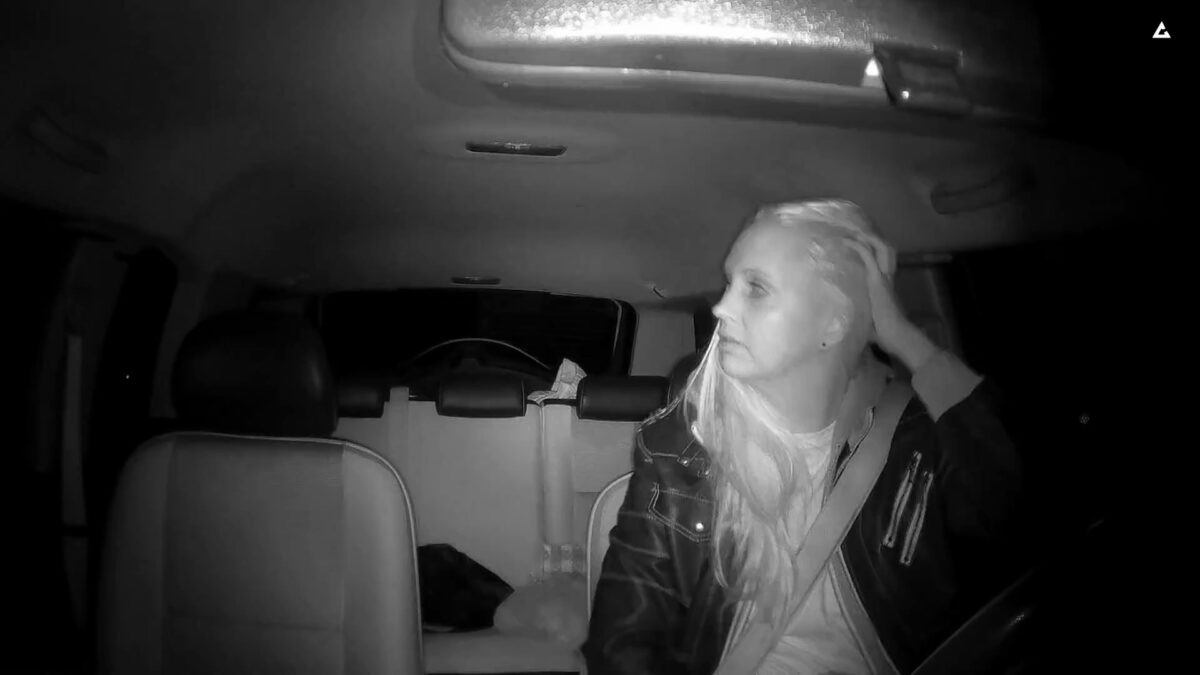
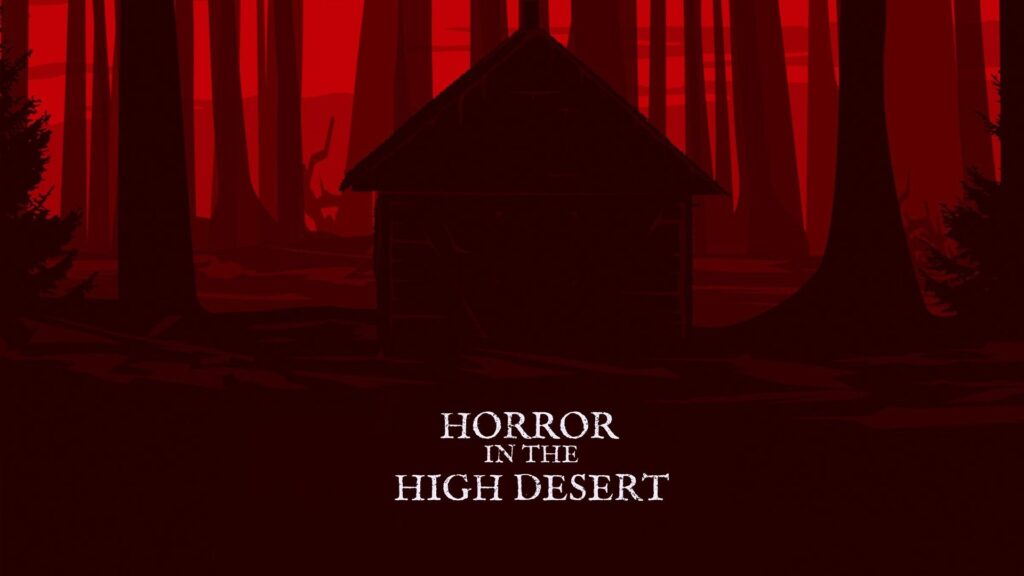
Bumps in the dark and strange creatures are brilliant devices used by many filmmakers. Nevertheless, it is often rare that there comes about a film that employs these facets with such power that it will leave you not just fully engrossed in the on-screen magic but also enthralled by the sheer capacity to frighten. Dutch Marich’s Horror in the High Desert (2021) and its equally haunting sequel Horror in the High Desert 2: Minerva (2023) is an exercise in visceral found footage cinema that deserves to be registered as one of the greats.
The first entry chronicles the disappearance of hiker Gary Hinge (Eric Mencis), who went missing in the summer of 2017 after hiking in the Great Basin Desert, Nevada. For the first time since the tragedy, family and friends are interviewed, recalling the horrific events and the terrifying conclusion of what happened in the high desert.
At first glance, Horror in the High Desert’s stylistic choices may seem to emulate the found footage storytelling device as seen countless times before. However, the complexity Marich exerts throughout propels the aspect of the first-hand camera into new and exciting territory that imposes an awfully stringent omnipotent force. The film takes inspiration from the authenticity of documentary filmmaking, featuring interviews and archival footage, and presents its facts on screen as if learnt in real-time whilst editing a supposedly real documentary on a genuine case. It is an intoxicatingly fascinating approach to horror that has been excellently handed in the likes of The Blair Witch Project (1999) and Lake Mungo (2008), with the product having an undictated tonality, where the events unravel in real time, making the finished content much more authentically coded and therefore tenfolds more terrifying.
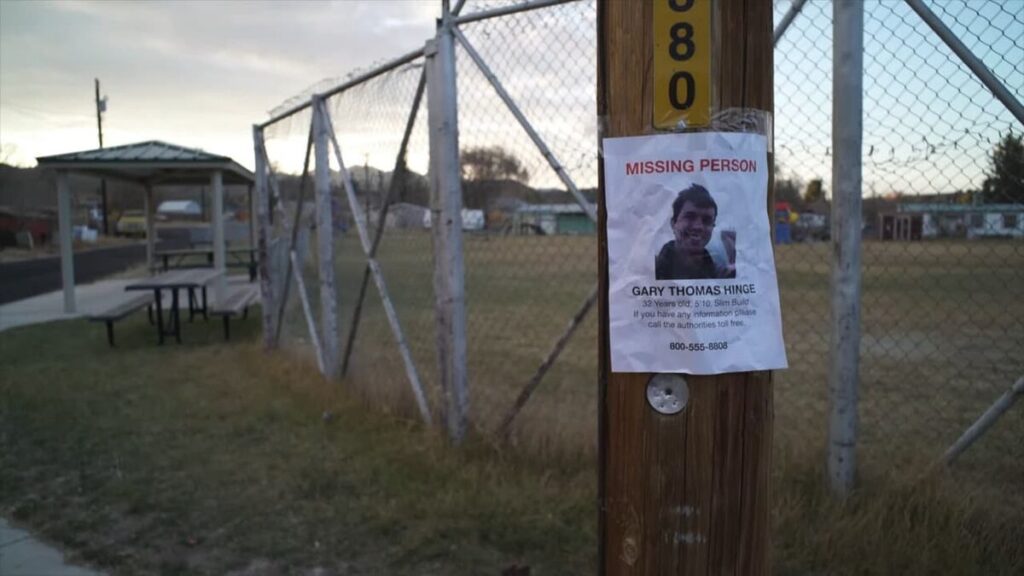
With all these hyperrealist intentions, exploring the film’s visual aesthetics is crucial. Night vision is a potent aspect that Marich amalgamates to extradite a deeply intrinsic fear held within us. What we can’t see is always scarier; the dark figures hiding behind pillars and the whispers of entities are more often than not more startling than the constant exposure of the antagonising force. Marich heavily enlists this ‘less is more approach’ during the film’s final act, which shows the last footage from Gary shoots on his camcorder. Supposedly alone in the dark heights of the isolated desert, Gary captures a deserted cabin surrounded by sparse trees, all washed in total darkness, naked to the human eye, except for the camera’s night vision capabilities.

Fear is survival. It is a preservation instinct that keeps us alive. We become near defenceless when we are denied light and are steeped in the darkness, unable to see the predatory threats. Horror in the High Desert, throughout its conclusion, calls upon this evolutionary cycle to enhance our senses and thus force us to look at the screen, taking in every frame to see where the monstrousness lies, pay audible attention to every branch stepped on to determine how close menace is to our surroundings and ultimately force us to watch on as the gruelling events unfold. In tandem, the close bond developed by the first-hand diegetic camera thrusts our perspective to be at one with Gary, fully and brutally immersing us in his position throughout this bone-chilling sequence.

Identifying an immersed spectatorial experience and the discharge of all-consuming darkness that entices a haptic touch towards the film translates to Horror in the High Desert’s corpus that stimulates folkloric-based rhetoric. This idea of lore and mystery is presented heavily throughout the sequel, Horror in the High Desert 2: Minerva. Featuring a similar outline and based in the same context, is a secondary disappearance story focusing on the geological researcher Minerva Sound (Solveig Helene), who relocated to a rural trailer amidst the desert where she documented a string of strange occurrences. Accompanying this are various subplots of other people’s experiences with the ominous area, including the case of the young mother, Ameliana Brasher (Brooke Bradshaw), who goes missing along Highway 50. This is followed by the bodycam footage of Luke Wells (David Nichols Jr.), an EMT who was part of the initial search party for Ameliana.
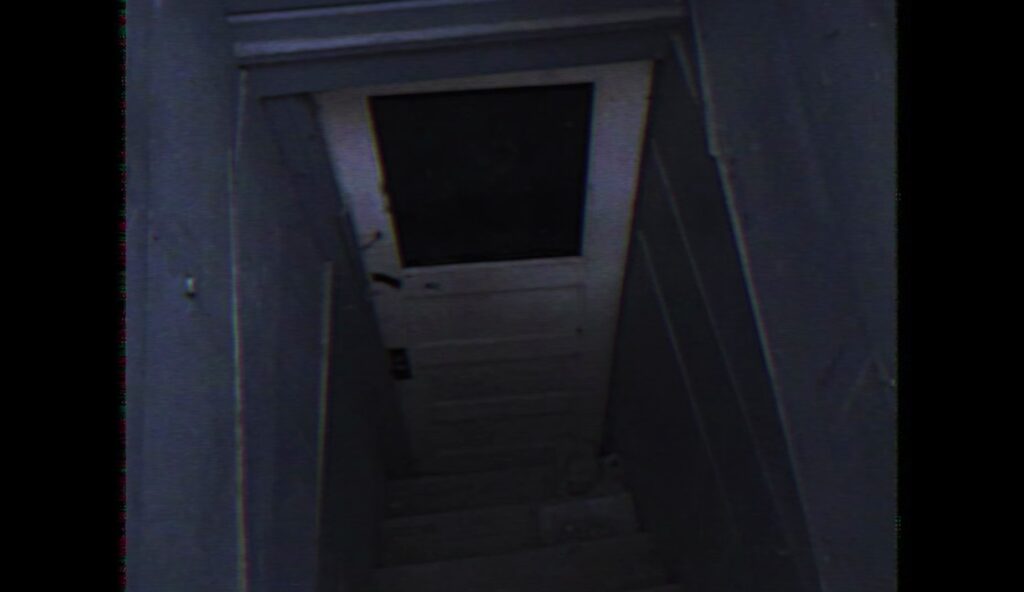
Minerva’s story unravels slowly, featuring video calls between herself and loved ones concerning the discoveries she has made inside the trailer, such as discarded home video tapes featuring chilling visuals that play out as stalker-like footage, reminiscent of the recordings in The Poughkeepsie Tapes (2007), but with a more covert, suspenseful tone. However, the most macabre discovery is of an unidentified person creeping around the trailer, breathing sluggishly and grunting, “he’s comin’ in..” and “I got one for ya”. It is an eerie sequence enough on its own, yet the true bite comes from its suggestion that whatever wreaks havoc among the high desert is something that is far more sinister than a lone wolf, a night stalker, but instead, an uncanny force that is bigger than us all.
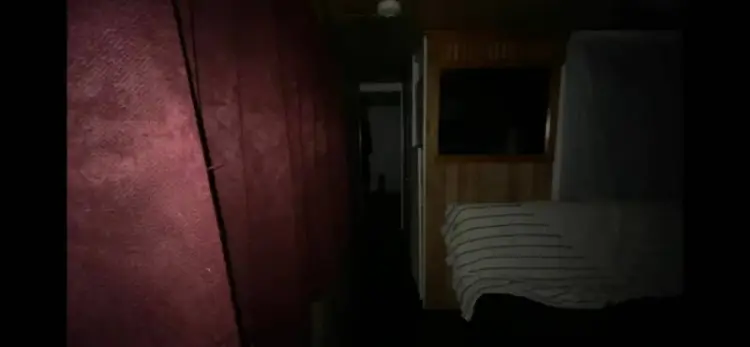
Deepening this are the performances above from the likes of Ameliana and Luke, whose experiences with the land are both utterly perplexing and strikingly frightening. After driving from Las Vegas, Ameliana’s car breaks down, but not to fear; her family has a strategy for this long abandoned stretch of highway; if they do not get home at the specified time, the stranded must wait outside the car until rescue appears. Marich makes brilliant use of the surveillance style of found footage by inserting clips from Ameliana’s dashcam. Details will be spared to avoid spoiling the unforgettable (and frankly nightmare-fueled) surprise. What can be noted is how Marich bravely takes the time not to rush the sequence of Ameliana’s fate. It’s a torturous slow burn that makes the viewer wait in pure fear and trepidation, knowing that Ameliana’s blisteringly gruesome fate will occur at any given moment.
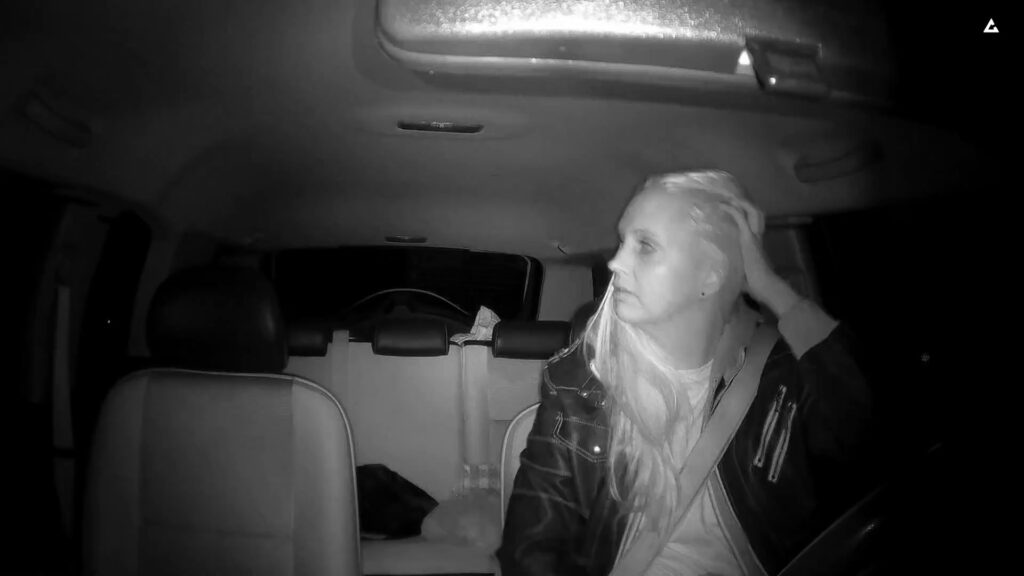
One final punch to the gut is Luke’s bodycam footage, which is an extract that horror filmmakers spend their entire careers learning how to craft, as Marich has done. Again, specifics will be spared in a bid to ‘keep mum’ on the finale. By this process, take heed of this: Luke enters a stranded mining facility in the pitch darkness, having broken his flashlight, unable to see that he is always nearly mere feet away from bumping into a disfigured, unexplainable figure capable of ungodly terror.
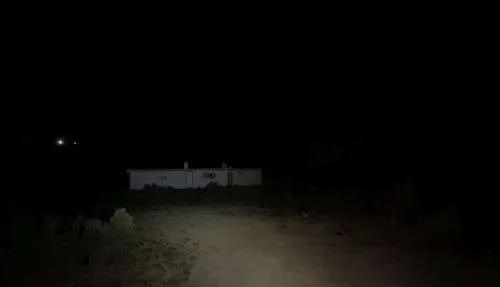
Marich has discussed Horror in the High Desert becoming a multi-entried horror series, with the film’s official website confirming that the third edition, Horror in the High Desert 3: Firewatch, is coming soon. Given the excellence of the original and its equally distinctive sequel, Marich is certainly becoming a signature figure in the found footage world, causing waves and creating overwhelmingly smashing cinema.
Want more top horror lists and reviews? Check out our blog here..

